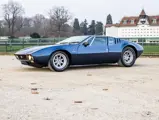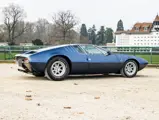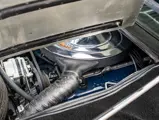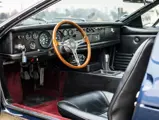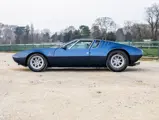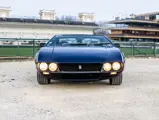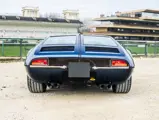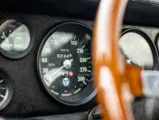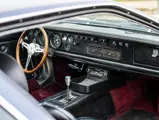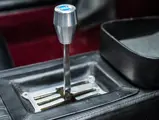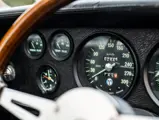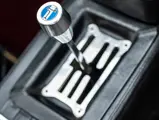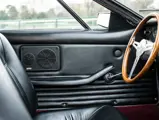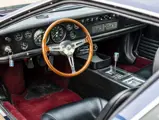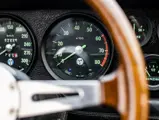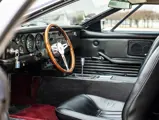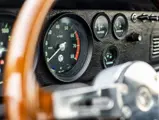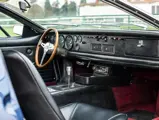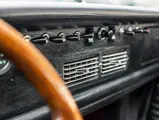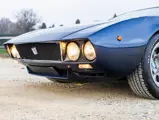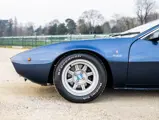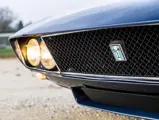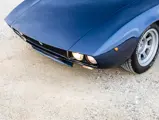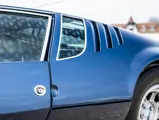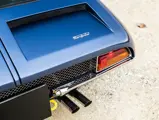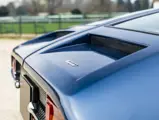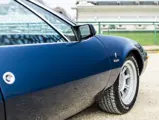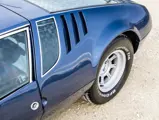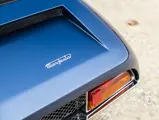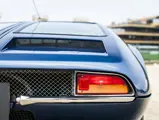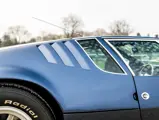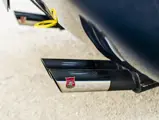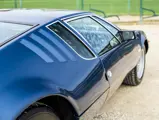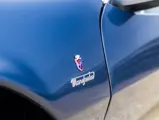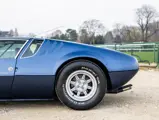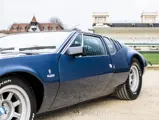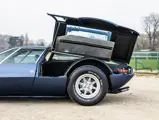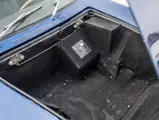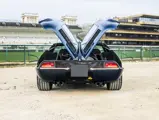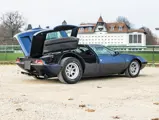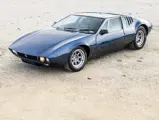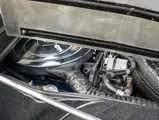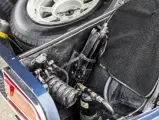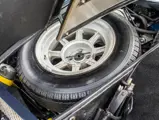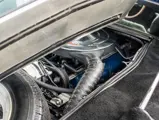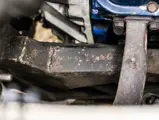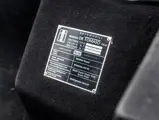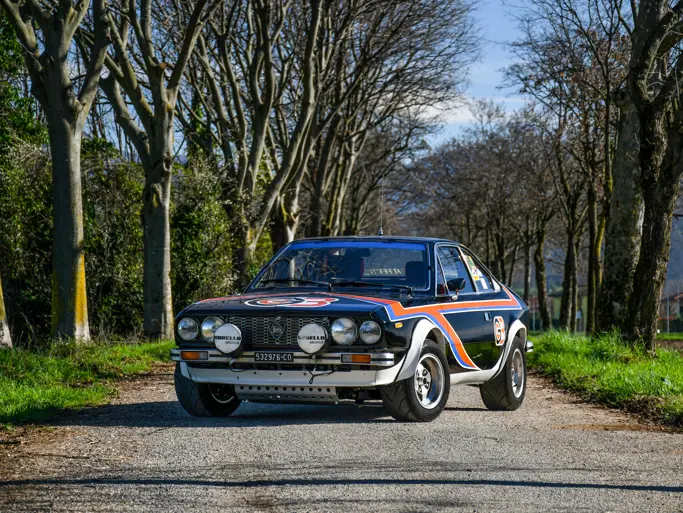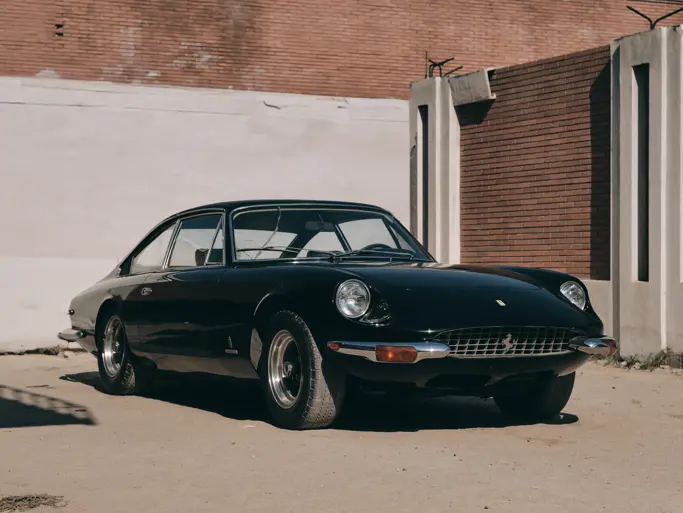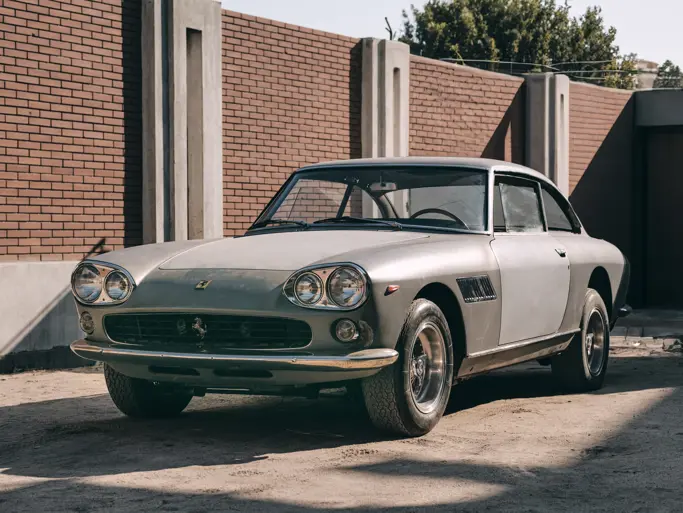Paris 2023
1970 De Tomaso Mangusta By Ghia
{{lr.item.text}}
€246,875 EUR | Sold
 | Paris, France
| Paris, France
{{internetCurrentBid}}
{{internetTimeLeft}}

- One of only 401 examples of this seminal Italian supercar
- Powered by a 4.7-litre Ford small-block “289” V-8 with a five-speed ZF transaxle
- Built to European specification with the desirable quad-headlamp nose
- Owned by an eminent French collector since 2012
- Un des 401 exemplaires de cette importante supercar italienne
- Équipée d'un V8 Ford 4,7 litres "small-block 289" et d'une boîte-pont ZF à cinq rapports
- Fabriquée aux spécifications européennes avec la désirable calandre quatre phares
- Appartient depuis 2012 à un important collectionneur français
De Tomaso produced its first road car, the Vallelunga, from 1964. The mid-engined coupé was attractive but, with only 1,498 cc, lacked supercar credentials. In 1967, however, the marque unveiled the Mangusta—a jaw-dropping machine boasting monumental performance.
Styled by Giorgetto Giugiaro, the De Tomaso is the epitome of late-1960s design: a low-slung wedge boasting a quad-headlamp nose, vast haunches, and a tail peppered with slots and vents. The crowning glory is aluminium rear bodywork that hinges up, gullwing-style, to reveal the American-made power unit. As slippery as it was styling, the Mangusta was said to be good for a top speed approaching 250 km/h.
In total, 401 were produced, of which chassis 8MA1242 is believed to be one of the final 10. As a result of its late production, the car features selected aluminium panels and magnesium wheels. A European-specification example featuring air conditioning and the more attractive quad-headlamp arrangement, the De Tomaso is nonetheless understood to have been shipped new to the United States.
It was imported to the UK in 2012, when it was acquired by a notable French collector. During his custodianship, the Mangusta has been repainted Blu Scuro and showcased at prestigious events including the Concours d'Élégance and Chantilly Arts & Elegance. The car is accompanied by a history file containing workshop invoices from 2012 until now, the most recent of which covers €10,012-worth of recomissioning with reassembly and sandblasting of selected components at The Workshop in Arbonne, France, in September and December 2022.
C'est en 1964 qu'a été présentée la première De Tomaso de route, la Vallelunga. Ce coupé à moteur central ne manquait pas d'attraits mais, avec une cylindrée limitée à 1 498 cm3, il ne pouvait être qualifié de supercar. En 1967 toutefois, la marque a dévoilé la Mangusta — une machine impressionnante affichant des performances très élevées.
Dessinée par Giorgetto Giugiaro, cette De Tomaso représente la quintessence du style de la fin des années 60 : un avant effilé avec calandre quatre phares, des ailes arrière musclées et une carrosserie parsemée d'ouïes et de prises d'air. Le plus spectaculaire est le capot arrière en aluminium qui se lève en deux parties articulées au centre, dans un style "papillon", dévoilant le moteur américain. Grâce à son profil très aérodynamique, la Mangusta était annoncée comme capable d'approcher 250 km/h.
Au total, la production a atteint 401 exemplaires, et ce châssis n°8MA1242 correspondrait à une des dix dernières voitures fabriquées. Par conséquent, cette Mangusta bénéficie de certains panneaux en aluminium et de jantes en magnésium. Exemplaire aux spécifications européennes doté d'une climatisation et de la séduisante calandre quatre phares, cette De Tomaso aurait néanmoins été envoyée neuve aux États-Unis.
Elle a été importée en 2012 au Royaume-Uni à la suite de son achat par un collectionneur français réputé. Depuis, elle a été repeinte en "Blu Scuro" et présentée à de prestigieux évènements dont le Concours d'Élégance de Chantilly Arts & Élégance. Cette voiture est accompagnée d'un dossier historique contenant des factures de travaux de 2012 à aujourd'hui, dont la plus récente totalise 10 012 € de remise en état, avec remontage et sablage de certains composants par The Workshop, à Arbonne (France), en septembre et en décembre 2022.

